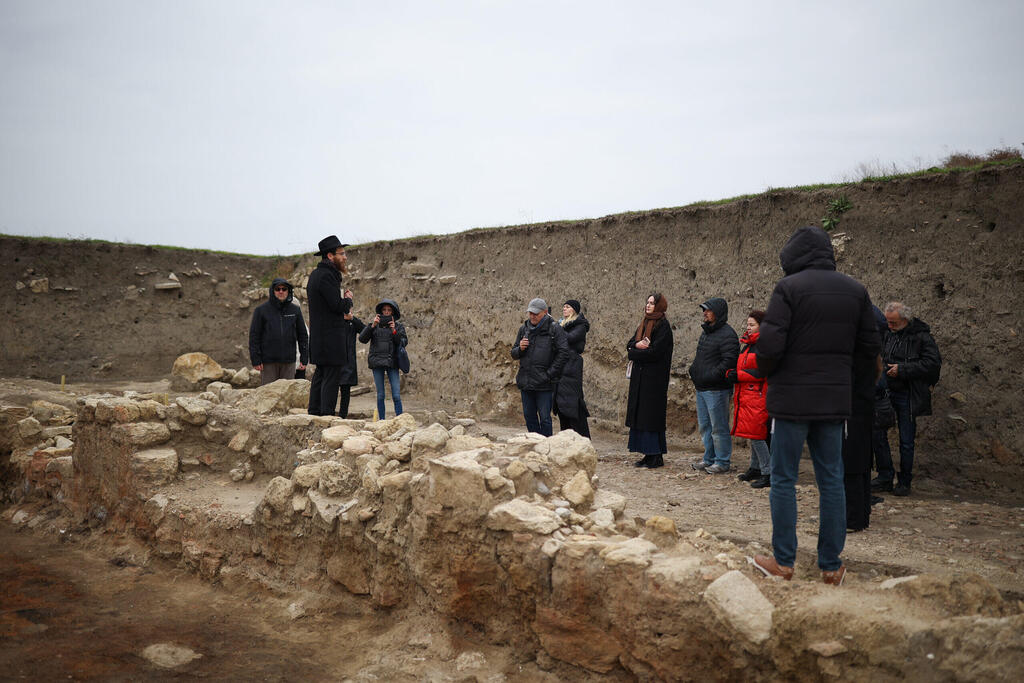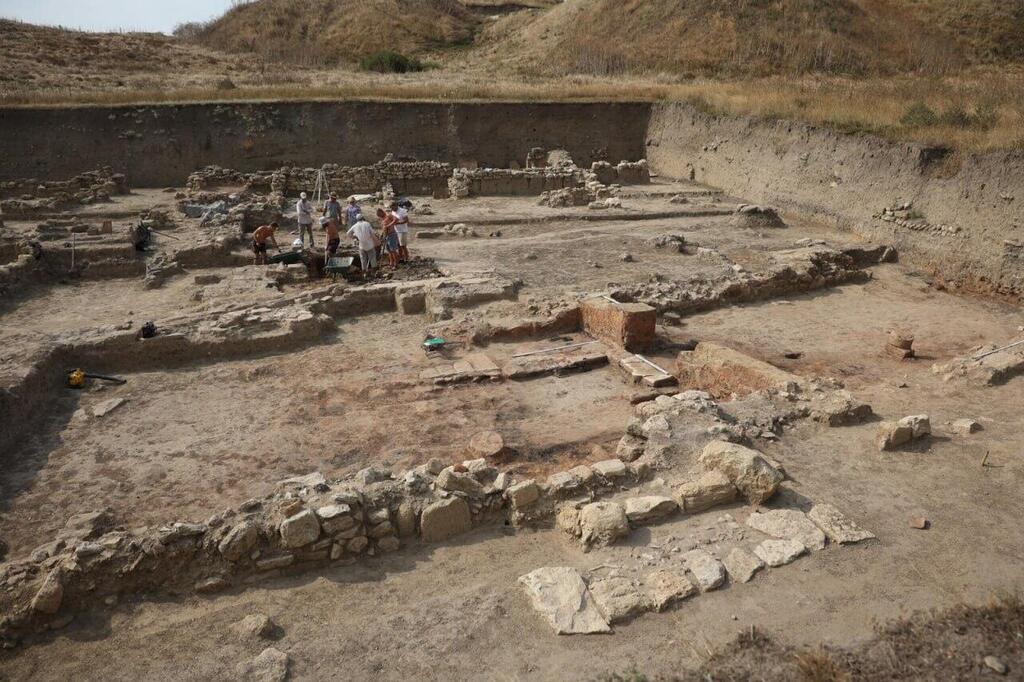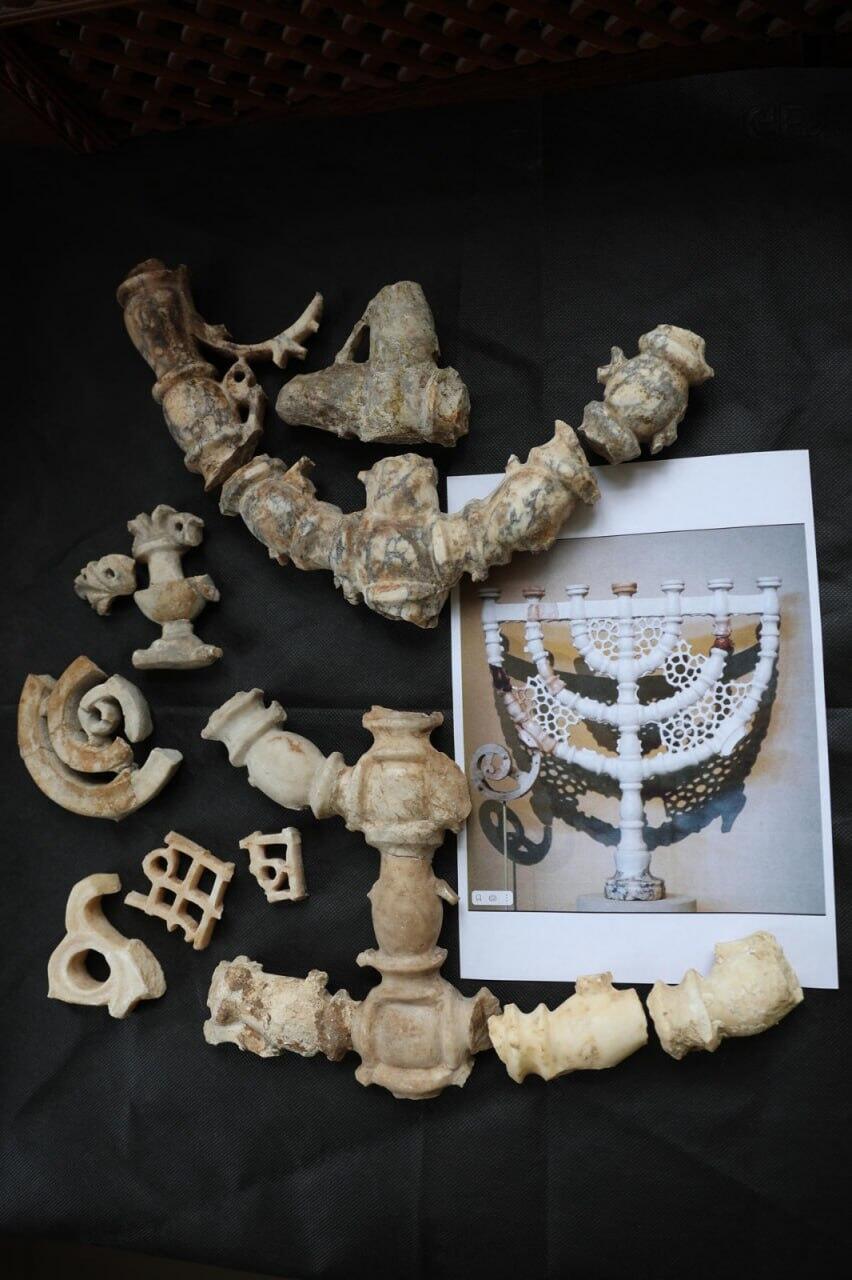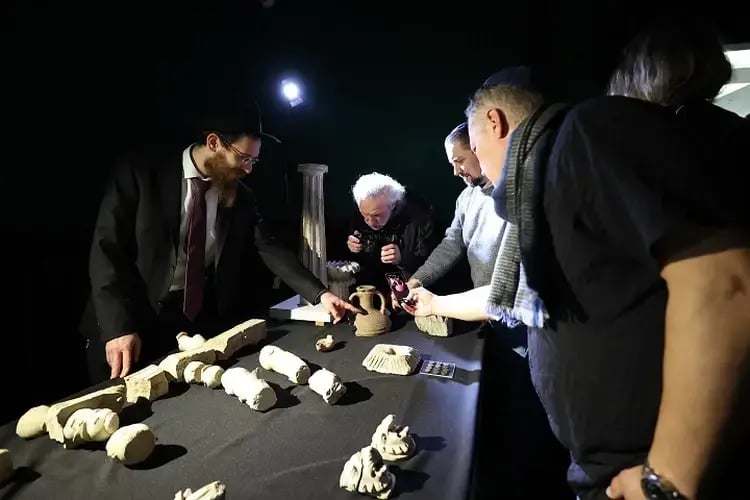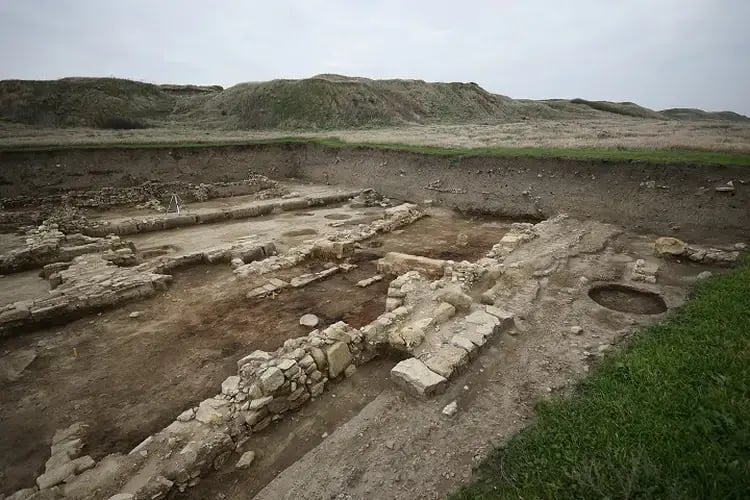Getting your Trinity Audio player ready...
Archaeologists uncovered a magnificent Jewish quarter in Russia, located around the ruins of the oldest synagogue in the world discovered outside of Israel. This synagogue was built about 2,000 years ago, during the time of the Second Temple. The synagogue and the Jewish quarter were first discovered last year in Phanagoria in southwest Russia.
Now, the exciting findings were presented for the first time at a press conference in Russia by the head of the archaeologists' delegation, Vladimir Kuznetsov, who was the head of the Department of Classical Archeology at the Institute of Archeology of the Russian Academy of Sciences.
The synagogue was built in 51 CE and lasted about 500 years. With the discovery of the foundations of the building, the researchers continued to dig and found marble lamps and sconces, as well as ancient tables in the building. One of them bears the ancient Greek inscription for synagogue and has been named one of the world's oldest synagogues and the oldest synagogue outside Israel by experts.
Rich decorations on its painted walls characterized the findings. The Jewish marble motifs found are unique and vary from those in Israel. The researchers noted that few synagogues operated during the Second Temple period, and were built by Jewish representatives who lived far from Jerusalem. The synagogue was destroyed in the 6th century AD by local tribes who looted the city and set fire to its buildings. The city of Phanagoria used to be labeled a Jewish city.
The archaeologists initially thought they had discovered an ancient Christian church, but as they dug deeper they discovered objects with Jewish symbols. Among other things, the remains of three remarkable marble menorahs and a stone lid of a charity box were uncovered. The building, with a total area of 140 square meters, included two rooms: a prayer hall, with three rows of benches, a platform, and a small room. The second room was probably used for meals and community meetings.
Next to the synagogue was a winery, where kosher wine was made, and a building where food for community meals was stored. There was also a garden behind the building which probably served as the mikveh. The archaeologists also located clay barrels for irrigation, residential buildings, and a water supply system. Copper coins were discovered in excavations on the floor of the synagogue. Some of them were placed near the platform and the benches. Additional coins were found near the lid of the charity donation box. A total of 58 copper coins were found at the site.
According to Kuznetsov, the Jewish community of Phanagoria was undoubtedly prosperous. This was claimed due to the location of the synagogue and the Jewish quarter, in a prestigious area of the city, and the prestigious decorations of the synagogue, including marble menorahs. The archaeologists also plan to excavate the Jewish quarter next to the synagogue.
The rabbi of Karsnodar, Rabbi Menachem Mendel Lazar, was moved by the findings. He said that light always remains and good things will remain just like Jews today pray as they prayed thousands of years ago. He added that the objects found in the synagogue only prove that the truth is not subject to time.
Rabbi Lazar pointed out that the findings prove that the Jewish community of that time kept all the laws and traditions, and also respected the local customs. In addition to the synagogue, dozens of gravestones from the Jewish cemetery were discovered in excavations in Phanagoria.
Get the Ynetnews app on your smartphone:



